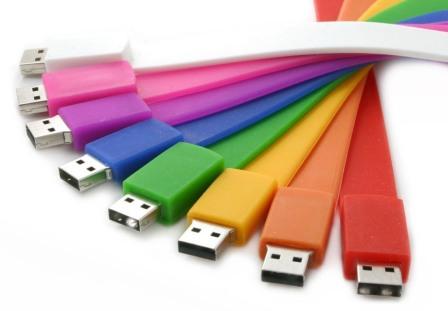Promotion and advertising are key to bringing in new customers, and to making sure that existing customers don’t forget about you. One of the major parts of any advertising budget should be creating promotional products. With that said though, it’s sometimes difficult to choose the right promo products for a company. Fortunately there are a few, simple ways to tell which promo products will work, and which ones won’t.
 1. Are The Products Useful?
1. Are The Products Useful?
There’s a reason that companies still hand out pens, calendars, magnets, and ball caps; they’re useful. If a product has a use then people are much more likely to have that product in front of them all day. Even if they don’t consciously see the logo on the pen or the pictures on their calendar, they’re still going to remember which company gave it to them. If a promo product is high quality and does what it’s supposed to then users are going to remember that and it will make them remember the company on the product fondly.
2. Will Anyone Else See It?
While it’s great that the recipient sees the logo, a good promo product will also be seen by other people. Clothing like hats and tee shirts is a great example of this, but it can also extend to bracelets, messenger bags, and other accessories. When the person using the item sees the logo, that’s good; when other people see it that’s even better. It makes people think about a company or product at the cost of the material that was given away, and nothing more.
3. How Valuable is It?
 There’s always a toss-up when it comes to promo products between how expensive they are, and how many a company can afford to give away. People certainly pay attention when a company is giving away a free computer or a car, but there’s a very limited number of those devices that a company can hand out before the cost really starts eating into its budget. Smaller items like pens and notebooks can be handed out in the hundreds.
There’s always a toss-up when it comes to promo products between how expensive they are, and how many a company can afford to give away. People certainly pay attention when a company is giving away a free computer or a car, but there’s a very limited number of those devices that a company can hand out before the cost really starts eating into its budget. Smaller items like pens and notebooks can be handed out in the hundreds.
The question is really what will earn the biggest returns, and make the biggest impact. Will a company catch more attention with a thousand little gifts, or with a drawing for one or two big ones? Will people pay more attention if they think they can win big in the future? Or will they be more content getting something small right now, rather than hoping for the windfall of a huge prize?
4. Is It Cool?
This is one of the hardest things to gauge about a promotional product. Things that are cool, in addition to being visible and useful, are perhaps the best products to give away. USB data sticks are a good example. They’ve been cheap enough to act  as giveaway products for several years now, and they’re considered a cool thing to give away. Yes they’re useful, but they also show that a company understands that customers operate in the 21st century and that the ability to keep reams of data hanging from a key chain is a work essential for many individuals.
as giveaway products for several years now, and they’re considered a cool thing to give away. Yes they’re useful, but they also show that a company understands that customers operate in the 21st century and that the ability to keep reams of data hanging from a key chain is a work essential for many individuals.
The reason this is so difficult to gauge is that cool is rarely permanent; what’s cool one year, or month, or even week might be hopelessly behind the times tomorrow. So what might be the hip, new thing to have one season is something that you quite literally can’t give away the next. This is why cool tends to take a back seat, but it’s a useful feature if you can swing it.
5. What Does It Cost?
Promotional products sometimes have hidden costs for the user. Do they have to wait for it to be shipped, for instance? Do they have to come to an event, or do they have to save up points in order to buy it? The less work someone has to put in, the more goodwill they’ll have toward the company who gave it to them.
Writer David Incorvaia is a Rollins College Senior. He majored in Music performance/business administration and currently performs around the southeast at various venues. Other then performing David enjoys trading options, reading, and cooking. He recommends DG Promo Inc. for custom printed T-shirts, corporate promotional items, embroidered apparel and much more.








 1. Are The Products Useful?
1. Are The Products Useful?






